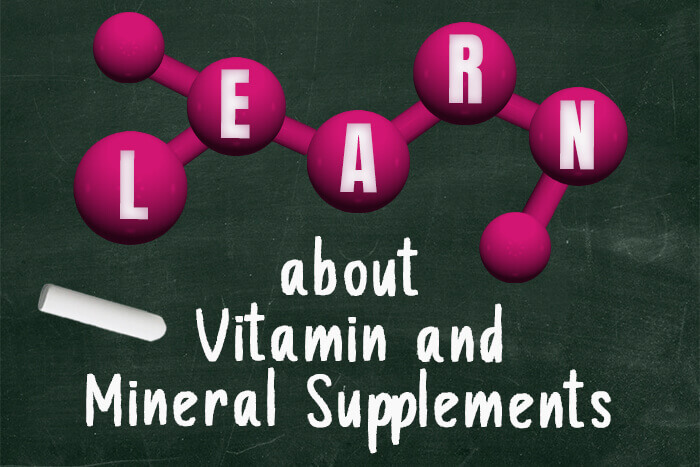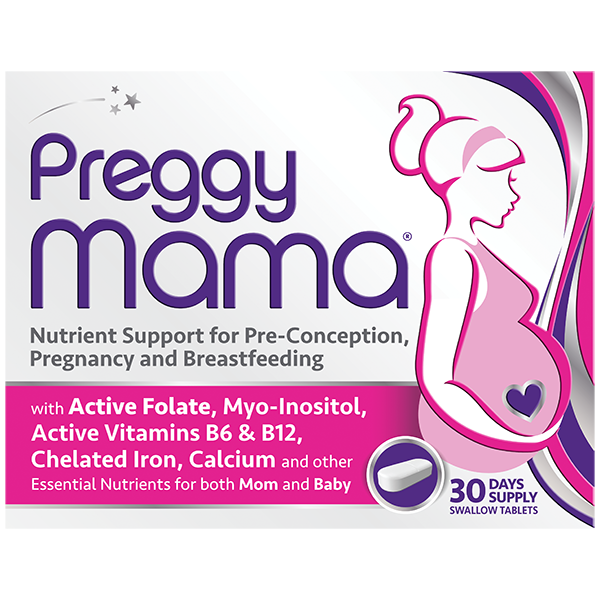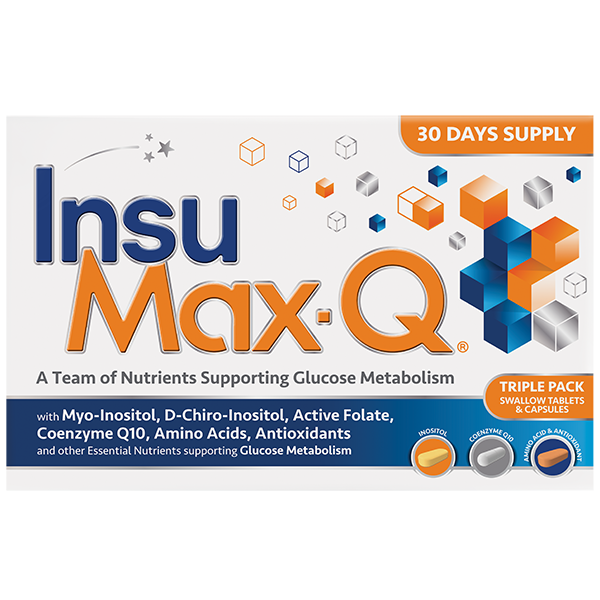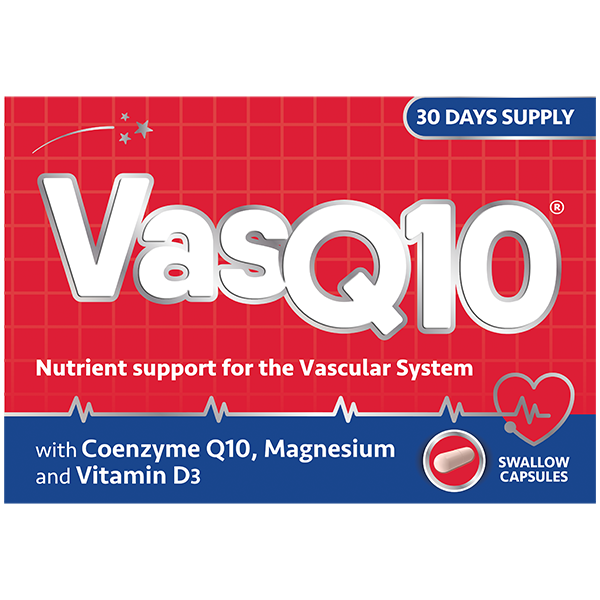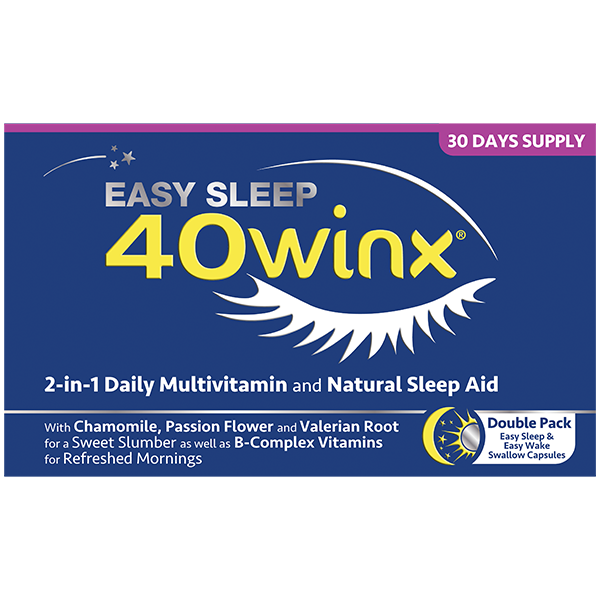FREE SHIPPING FOR ORDERS R500 OR MORE
FREE SHIPPING FOR ORDERS R500 OR MORE

What is a Mineral?
A Mineral is a solid, naturally occurring inorganic substance as recognised on the Periodic Table of Elements.
All minerals have a chemical composition and are found in the crystalline / salt form bound to another mineral to make it stable in the environment and usable.
Each Mineral has a chemical composition determining the percentage of its content in the bound salt e.g. Magnesium Oxide = MgO with 60% of the Molecule being Magnesium and 40% being Oxygen.
The Mineral in its Elemental Value is the quantity of that Mineral in its useful and absorbable form i.e. the raw unbound quantity available for absorption.
Examples of Minerals: Calcium, Magnesium, Selenium and Zinc
The Elemental Value of a Mineral:
All Minerals are bonded to another Mineral to form a salt which is stable at Room Temperature. The Elemental Value of a Mineral is the True value of a single Mineral unbound to its partner Mineral e.g. Calcium Carbonate = CaCO3 with 40% of the Molecule being Calcium and 60% being Carbonate.
In the case of the Elemental Value of a Mineral, you are looking for the useful quantity of the unbound mineral.
Examples of Calculating the Elemental Value of a Mineral:
600 mg of Magnesium Chloride has an Elemental Value of Magnesium of 12% of the salt value (600 mg of MgCl x 12% = 72 mg of Elemental Magnesium)
1250 mg of Calcium Carbonate has an Elemental Value of Calcium of 40% of the salt value (1250 mg of CaCO3 x 40% = 500 mg of Elemental Calcium)
All the Minerals in the AnaStellar Brands Range of Products have been expressed on the Product Unit Cartons in their Elemental and Non-elemental Value.



